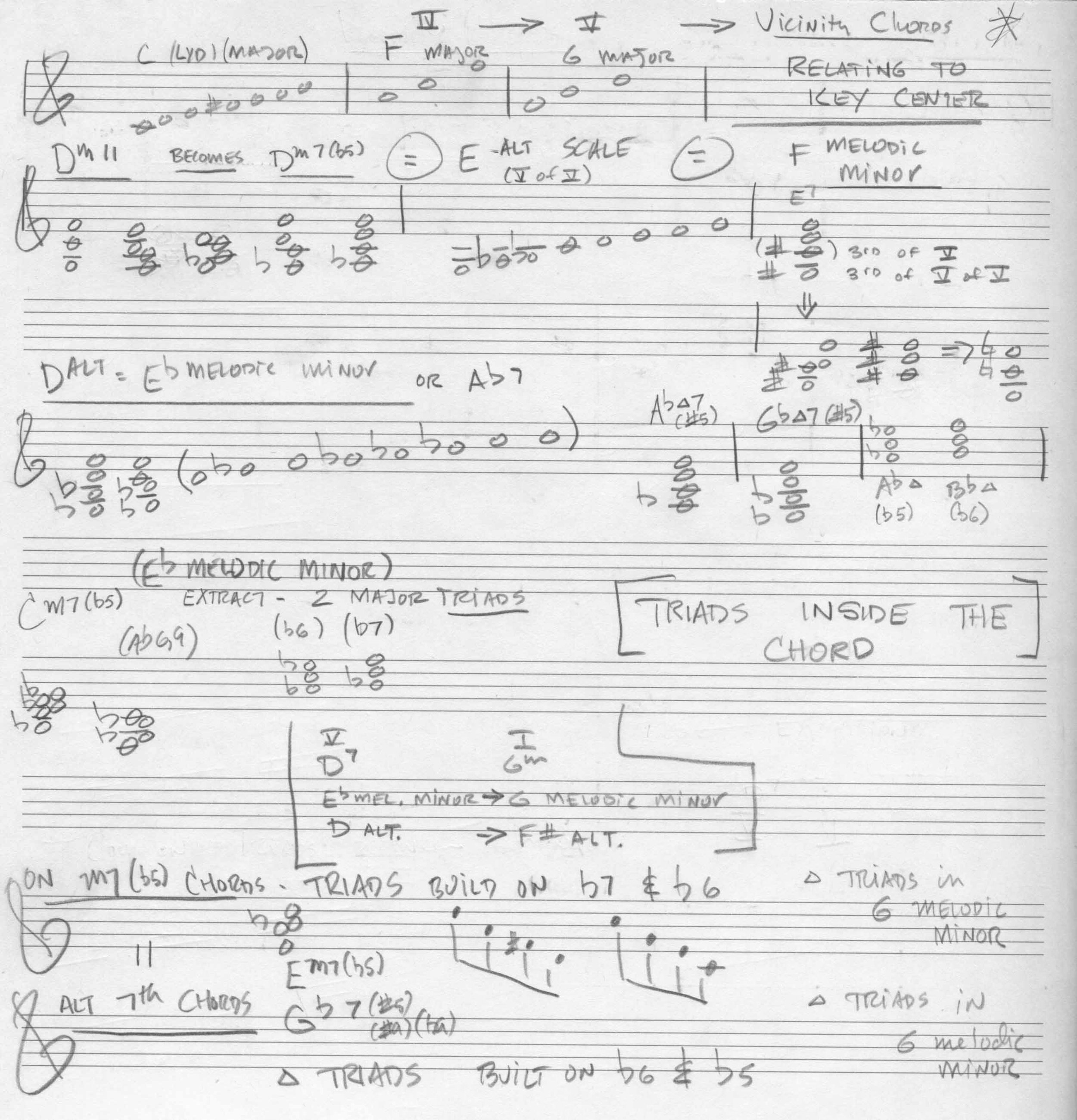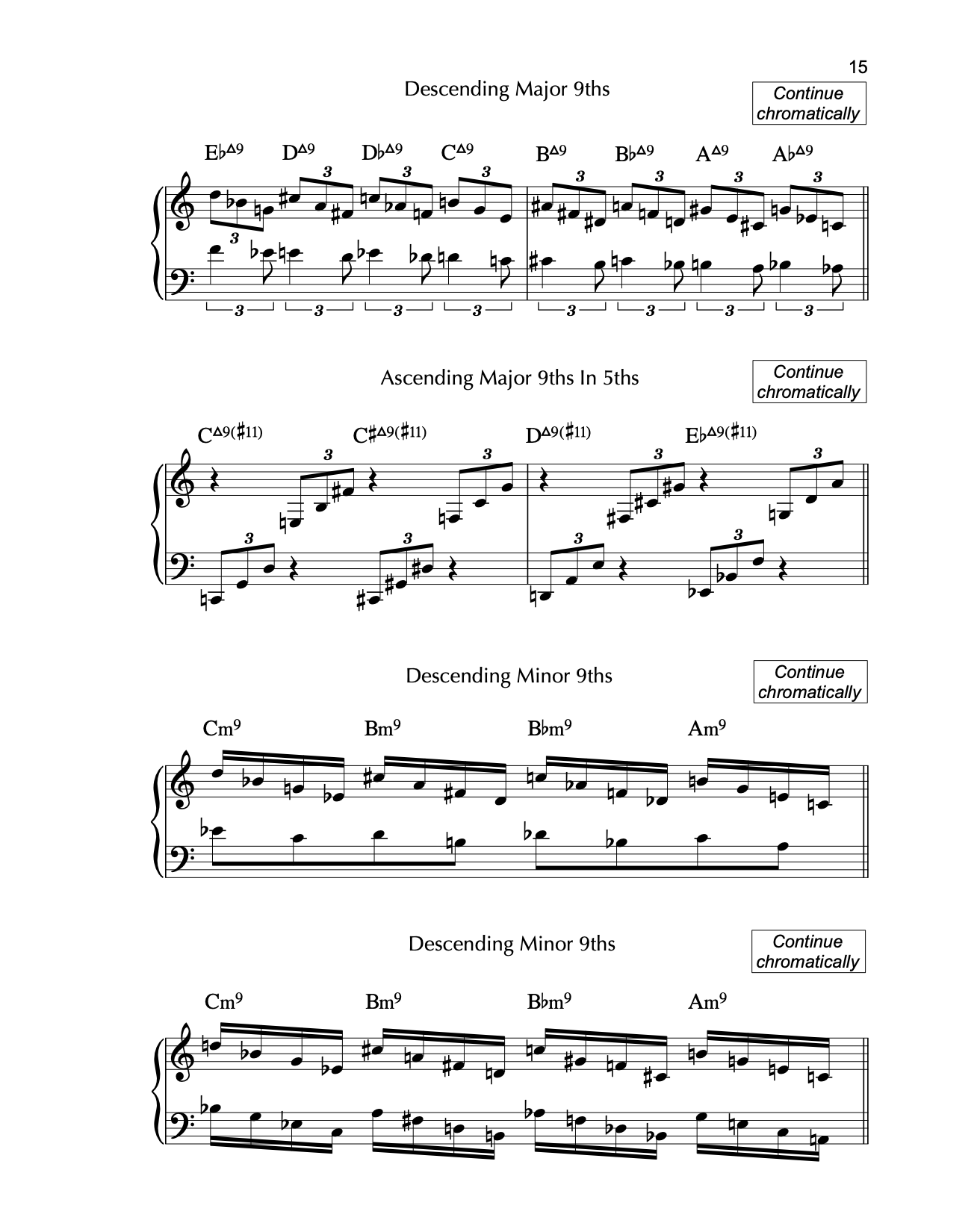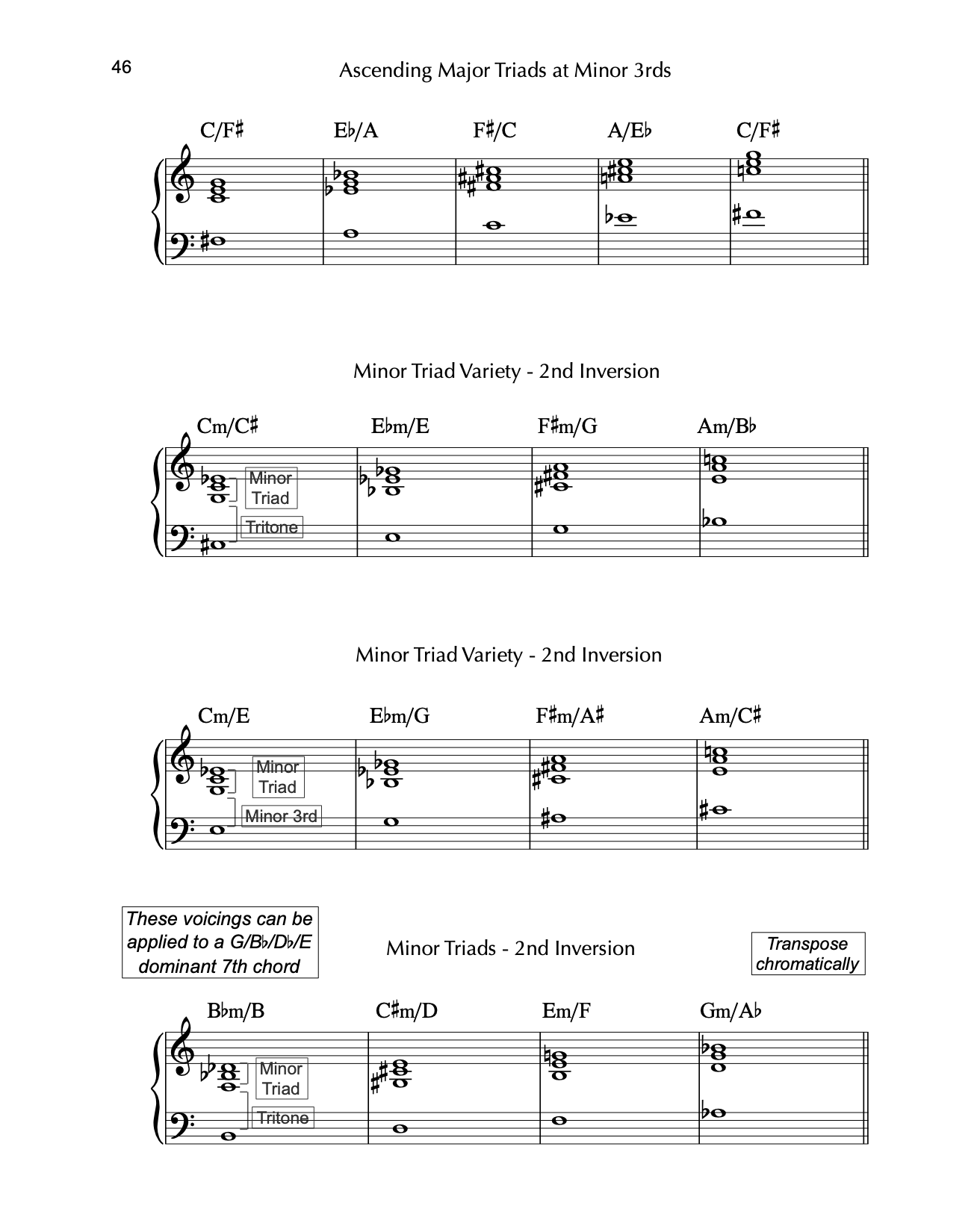
Harmonic Mechanisms
Exercises for Improvisation & Composition
INTRODUCING A NEW BOOK
BY DAN SIEGEL
Pianist and composer Dan Siegel brings you Harmonic Mechanisms–Exercises for Improvisation & Composition, a valuable book that offers an exploration and analysis of various harmonic structures that can be applied as vehicles for improvisation and composition. The text can be employed as supplemental material for intermediate to advanced level music theory, musicianship, composition, and jazz improvisation coursework.
Available Now From the Following Booksellers:
TABLE OF CONTENTS
Introduction
Diatonic Scale Degrees
7th Chords
9th and 11th Chords
Triads
Polychords
Modal Intervals and Sonorities
Parallel and Symmetrical Movement
Displacement and Modulation
The Diminished Domain
Fingering Exercises
Cover Design: Joe Sherbanee
Print Editor / Product Manager: Dylan Siegel
© 2021 Dan Siegel
INTRODUCTION
For the last three decades of writing, playing, and studying music, I have been compiling information on my observations and discoveries on the way notes interact with each other when they are combined linearly in sequence and vertically into chords. Some of these observations are superficial, some not. Relationships can be diatonic or avoid diatonic principles altogether and abide only by the logic of symmetry. Once a structure is identified, it can be analyzed and applied as a mechanism in composition and improvisation. The process of observation, analysis, and documentation is how this work came to be.
This material can serve multiple purposes. Some of the exercises could be vehicles or inspiration for improvisation and composition, or they could function simply as practice regimens. Some of the exercises are duplicated in different sections, due to the overlap of their content. While it is written from a pianistic perspective on two staves, the information can easily be applied and played on any instrument.
Playing through these exercises, new observations, patterns, and structures will reveal themselves. The goal is to transpose the exercises to keys that you’re less comfortable in, by melodically and harmonically analyzing the numeric relationships between the notes. Thinking numerically will free you to see all keys equally and allow you to form a deeper understanding of the way the components fit together. Some of the exercises will require more calculation than others and therefore require more concentration and focus, and perhaps a slower tempo.
Dan Siegel
Sample Pages












